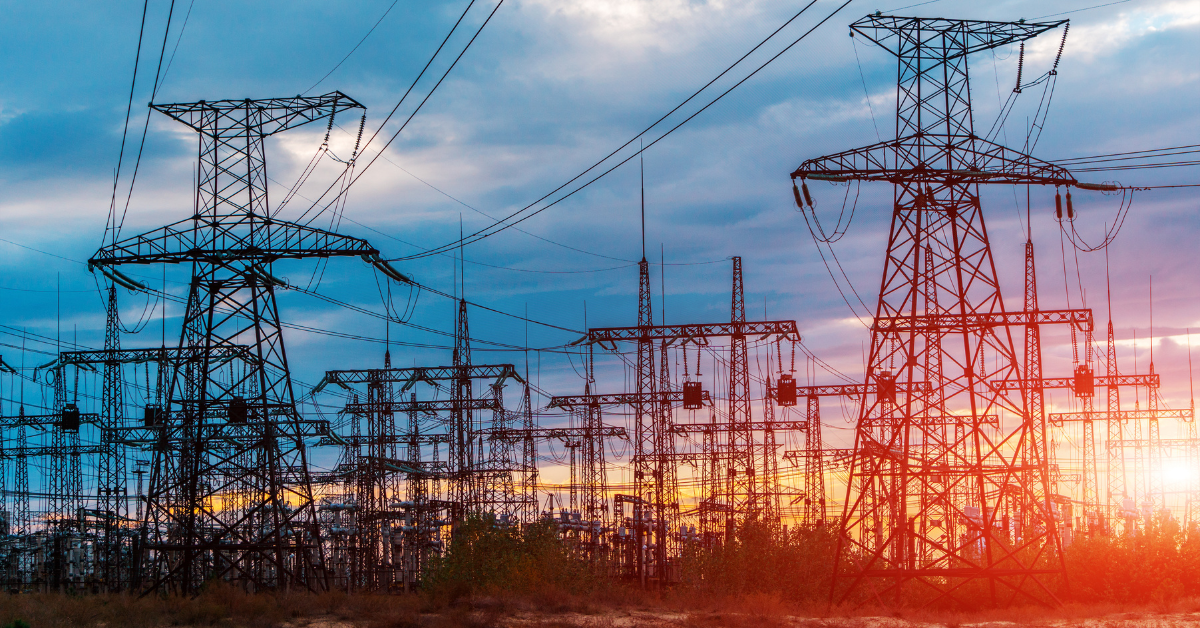
EnergyHub Team
July 30, 2022
The unrelenting heat in Texas–and across the U.S.–has driven record-breaking electricity demand. But for those in Texas, it’s been a wild ride. Fearful that the power and more importantly, the air conditioning will shut down, many Texans have voluntarily participated in energy conservation events. That’s good, but not enough.
What’s lacking is the incentive structure to motivate more residential and commercial customers to fully participate in automated demand response programs capable of managing all connected loads. More needs to be done to support a grid that frankly, can’t take it anymore.
Here’s what we’re doing at EnergyHub
When the weather gets hot, air conditioners can drive electric demand to unusually high levels. This typically drives peak load for local utilities in the summer. Peak load often requires grid operators or utilities to call on “peaker plants” to support customer energy usage. Peaker plants are typically inefficient and run with fossil fuels, emitting more carbon than their every-day counterparts and increasing the cost of energy during peak periods because the plants are so seldomly used.
To reduce costs and emissions, grid operators are increasingly turning to flexibility from distributed energy resources (DERs) to meet existing and emerging grid challenges during peak times.
Ultimately this keeps the grid running more reliably, enables the transition to zero-emission energy, increases local resilience to climate-related emergencies, and may help keep energy rates lower for utilities and end-customers.
For more than a decade, EnergyHub has provided Texas-based grid operators with reliable demand response programs at scale.
How the Smart Savers Texas Program Works
With more than 410 MW of load under management, EnergyHub’s Texas programs deliver critical relief to the Texas grid.
These 100% opt-in programs provide incentives to encourage customers to purchase smart thermostats and enroll them into an eligible program. EnergyHub does not have any programs that enroll consumers without their permission.
All participants sign the terms and conditions provided through their thermostat provider to be enrolled in the program. Depending on the thermostat provider, customers may enroll via the native thermostat app or the thermostat provider’s website.
Participants can opt out of a demand response event at any time from their thermostat, mobile device, or web app (means of opt out are partner dependent) simply by resetting the thermostat to a desired temperature.
How to solve the peak demand problem in Texas
Today, we estimate that only 1% of Texans participate in demand response programs. While it’s clear that emergency pleas to residents to reduce energy use during peak load are keeping the lights on today, there are three barriers preventing the proliferation of demand response at scale.
- ERCOT prices for emergency demand response don’t capture the full value of demand response.
The budget for ERCOT emergency demand response (ERS) is capped at $50M. This artificially suppresses DR value and limits how much aggregators, retail electric providers (REPs) and utilities can compensate their customers. And, while the Public Utility Commission of Texas (PUCT) just approved rule changes that increase the ERS budget to $75M, we really need a budget of $150-$200M to fuel greater levels of participation. Better yet, setting an ERS target based on the MW need of the system, instead of an arbitrary budget cap, would align the program with actual grid benefits.
- Incentives for aggregators in Transmission and Distribution Utility programs don’t capture the full value of demand response.
The avoided cost of energy in Texas is set at $80/kW-year. However, the TDU programs compensate aggregators approximately $31/kW-year for DR. Even $80/kW-year is artificially low, ignoring the full benefit that DERs provide to the grid, especially during scarcity conditions. The value of lost load due to blackouts during Winter Storm Uri in Texas – which we estimate is between $55-$100 per home participating in DR during the storm – completely dwarfs the statutory avoided cost, let alone the $30/kW-year for these programs.
- Texas limits DR/DER participation in markets and services.
Current ERCOT rules prevent aggregators from capturing the full value they provide. Residential aggregators can’t meet the onerous, and arguably unnecessary, requirements (e.g. telemetry) for non-spin reserves or Responsive Reserve Service. In order to participate in the day-ahead and/or real-time energy markets, a provider like EnergyHub has to partner with a REP to fully realize the value of the aggregation through economic dispatch. This is an unnecessary barrier. Many aggregators participate in the day ahead and real time energy markets in other markets without being–or partnering with–a retailer.
A vision for the future
DERs have massive untapped value that, with the right policy guardrails, can be unlocked in Texas and across the nation. Forward-thinking rulemaking will set grid operators up for success navigating the year-round pressures climate change will continue to put on the grid, and as a result, on customers. If we can come together and reform the TDU DR portfolios and ERCOT rules, Texas could be the leader in DER aggregation and value capture.
We at EnergyHub are hopeful that all of the changes the PUCT and ERCOT are working toward, will help us all realize that vision together.
Interested in keeping up with the latest dispatch from the grid edge?
Get our next post in your inbox.


